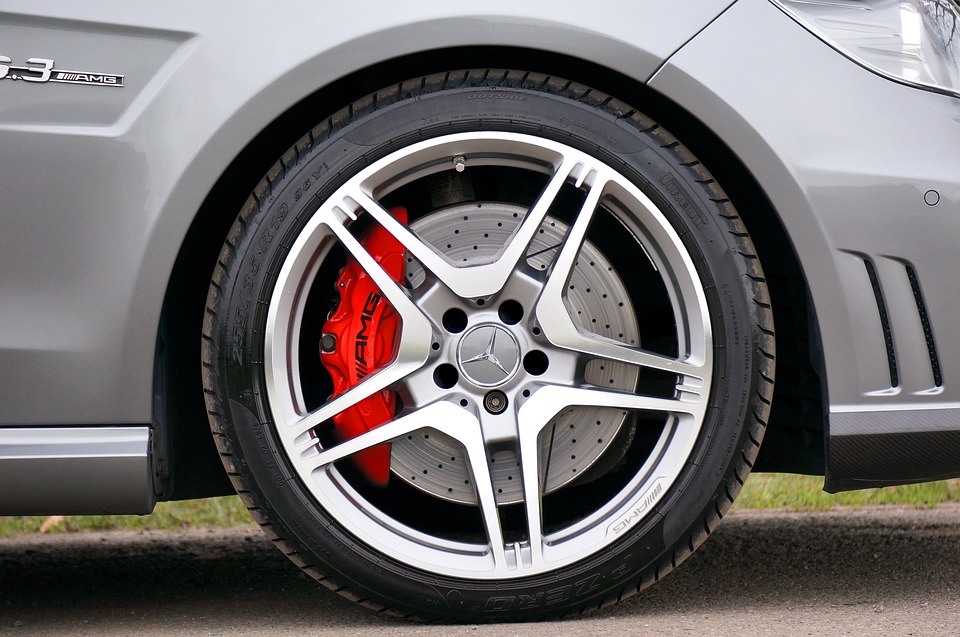How to Check Your Tire's Air Pressure
19th May 2017

According to a 2003 NHTSA report, more than 10,000 non-fatal and 400 fatal accidents occurs each year as a result of flat tires and blowouts. When there's too much air in the tire, there's a greater risk of a blowout. The excess pressure "pushes" against the interior tire wall, increasing the risk of a blowout. And when there's no enough air in the tire, it also increases the risk of an accident by creating poor traction with the road and lower fuel economy. So, how do you check the air in your tires?
Automaker's Recommendation
First, you'll need to check and see what tire pressure the automaker recommends. Depending on the make and model car, you can usually find this information inside the driver-side door jamb. If it's not here, check the glove compartment or owner's manual.
Air pressure -- when used to measure the pressure in car tires -- is defined as "pounds per square inch" (PSI). This is essentially the amount of force, expressed as pounds, within the tire. Make a note of the recommended PSI for your car's tires, as you'll need to check and make sure it's within this range.
Steps to Checking Tire Pressure
There are several different tools for checking tire pressure, including a basic pop-up meter, as well as a digital gauge. The latter of the two, however, is the most effective. You can find a digital gauge for about $10 to $15, which is a small price to pay for your safety.
To use a digital tire pressure gauge, remove the end cap on the tire's valve (it's a small plastic piece, usually black). Next, place the gauge into the valve, gently press down, and hold it for a seconds. This should reveal the tire's PSI, which you can compare to the automaker's recommendations. When you are finished, replace the cap.
Under or Overfinalted Tires
If the PSI in your tires falls within the range recommended by the automaker, you don't have to take any additional steps. If it's overfinflated, however, you'll need to release some of the excess pressure by pushing the valve in. If the PSI is lower than the automaker's recommendations, you'll need to fill the tire with more air.

